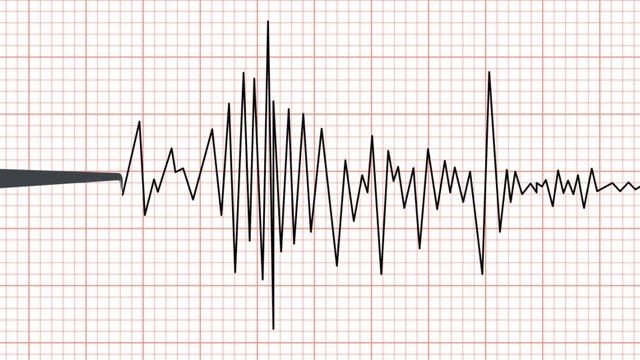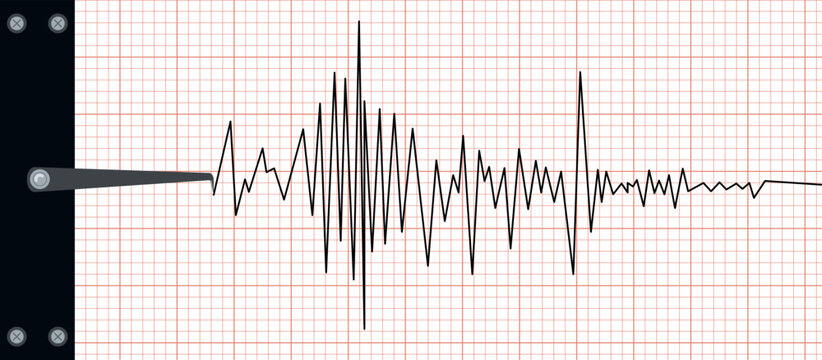
Unveiling the Truth: The Intriguing World of Lie Detector Tests

Welcome to the fascinating realm of lie detector tests. The veracity of human communication is a perennially compelling subject, and the deployment of lie detector tests has long been a source of intrigue and controversy in various facets of society. These tests, also known as polygraphs, have been a staple in the realms of law enforcement, national security, and even employment screening. The allure of uncovering deception through physiological responses has captured the public’s imagination, evoking questions about their reliability and ethical implications. Lie detector tests are designed to monitor physical indicators such as heart rate, blood pressure, and respiration, all in the pursuit of uncovering dishonesty.
History of Lie Detector Tests
The concept of lie detection dates back centuries, with early methods relying on superstitions and beliefs rather than scientific principles. In the 19th century, advancements in psychology and physiology led to the development of more structured approaches to detecting deception.
One of the pioneering figures in lie detection was William Moulton Marston, an American psychologist who invented the systolic blood pressure test in the early 1900s. This test formed the basis for the modern polygraph, which measures physiological responses such as blood pressure, pulse rate, and respiration to determine if someone is being deceptive.
Over the years, lie detector tests have sparked controversy and debate regarding their reliability and accuracy. Despite advancements in technology and methodology, skeptics continue to question the validity of using physiological responses to determine truthfulness.
How Lie Detector Tests Work
Lie detector tests, also known as polygraph examinations, operate on the premise that physiological responses can reveal if someone is being deceptive. When a person undergoes this test, sensors are attached to their body to measure changes in blood pressure, heart rate, respiratory rate, and perspiration levels.
The underlying theory is that when someone is lying, their body may involuntarily exhibit signs of stress or anxiety. These physiological changes are thought to be reflective of the body’s automatic responses to the stress of deception, making it difficult for a person to maintain a consistent bodily response while lying.
During the test, the individual is typically asked a series of questions, including control questions and relevant questions pertaining to the matter being investigated. The polygraph examiner observes the person’s physiological responses to differentiate between truthful and deceptive answers, aiming to identify inconsistencies that may indicate untruthfulness.
Limitations and Controversies
Lie detector tests are not foolproof and have faced criticism over their accuracy and reliability. There are various factors that can impact the results, such as the individual’s state of mind, stress levels, and even cultural differences. Critics argue that the tests can be manipulated and are not a definitive measure of truthfulness.
Lie detector test
Another controversial aspect of lie detector tests is the debate over their admissibility in legal proceedings. While some jurisdictions allow the results to be presented in court, others view them as unreliable and inadmissible evidence. This disparity has led to ongoing discussions within the legal community about the validity and use of polygraph tests in the justice system.
Privacy concerns have also been raised in relation to lie detector tests. Critics argue that the tests delve into personal matters and can potentially violate an individual’s rights to privacy. The use of polygraphs in employment screenings, for example, has sparked debate over the rights of employees and the ethical implications of using such tests as a means of assessment.

